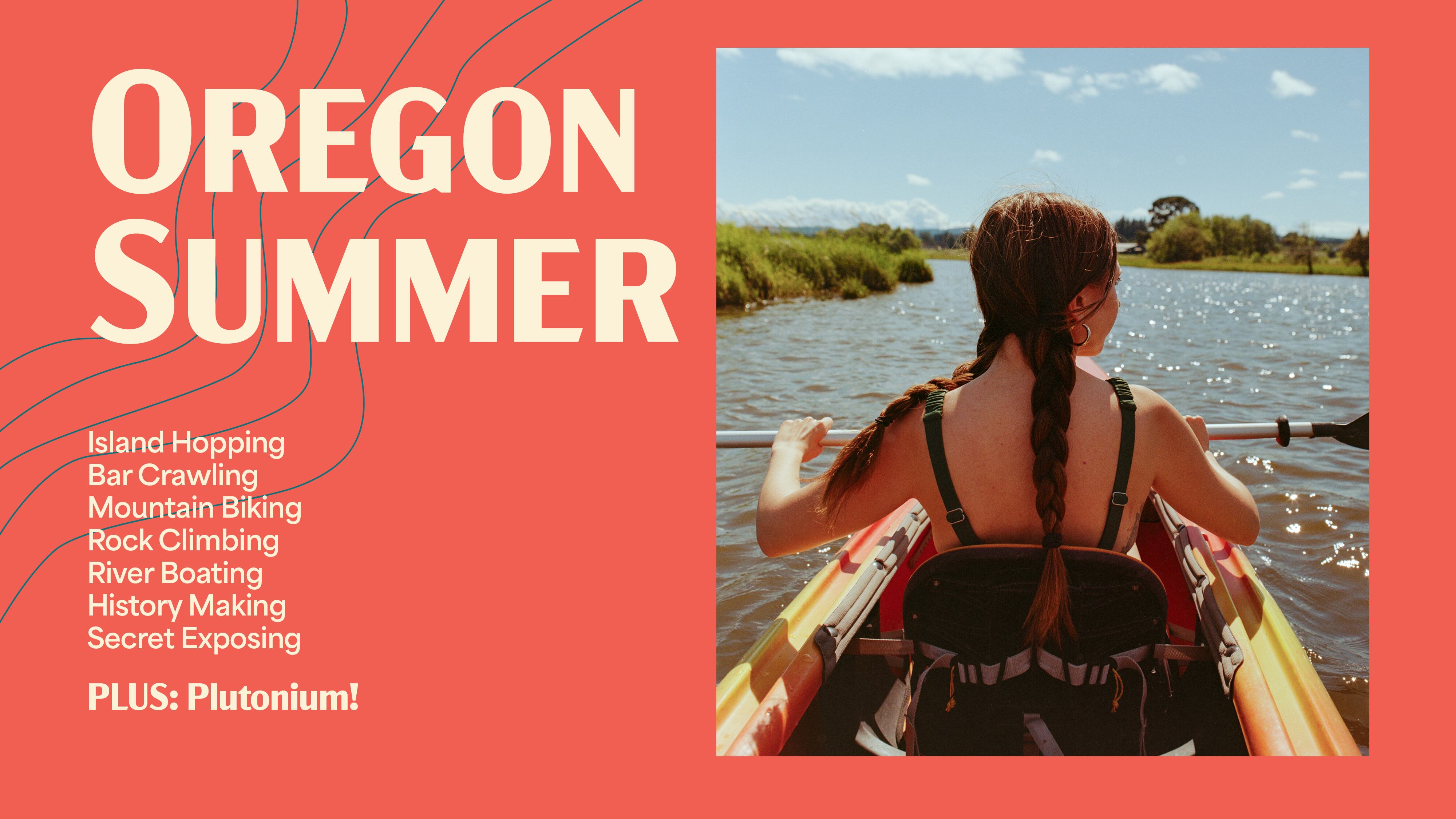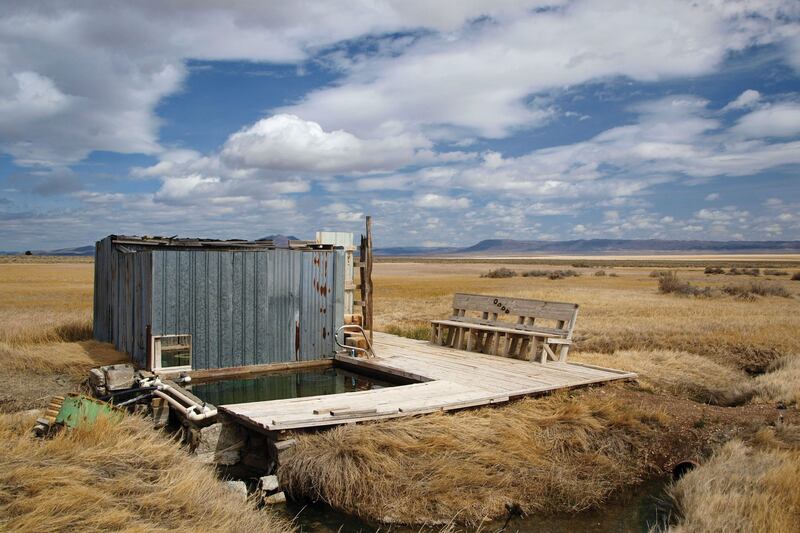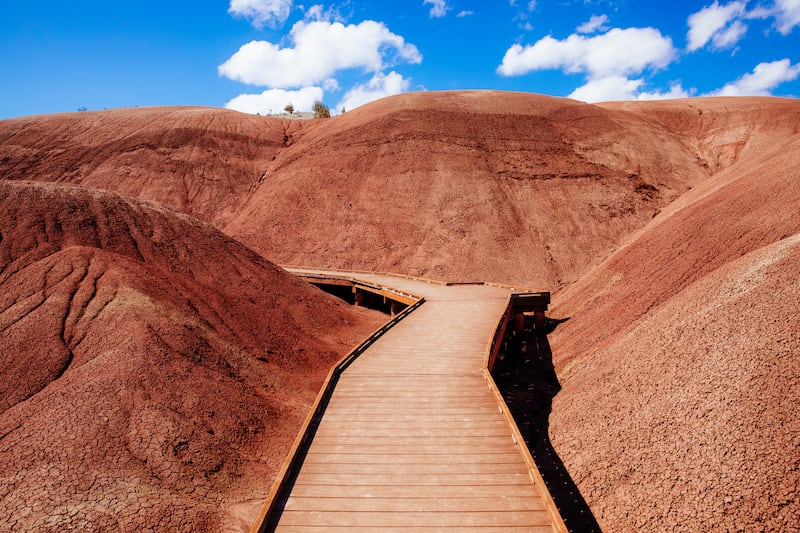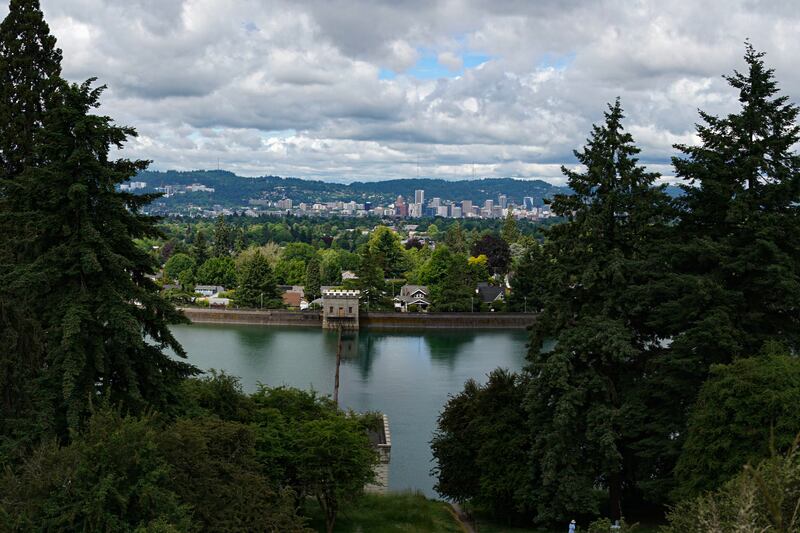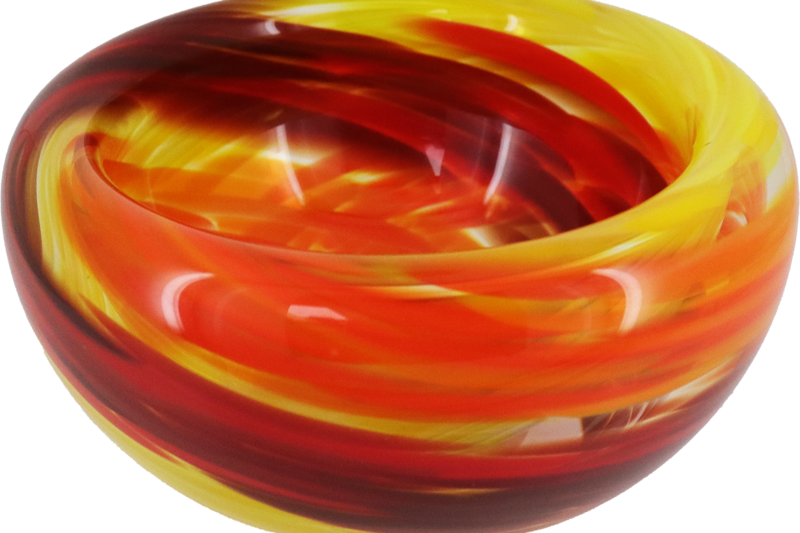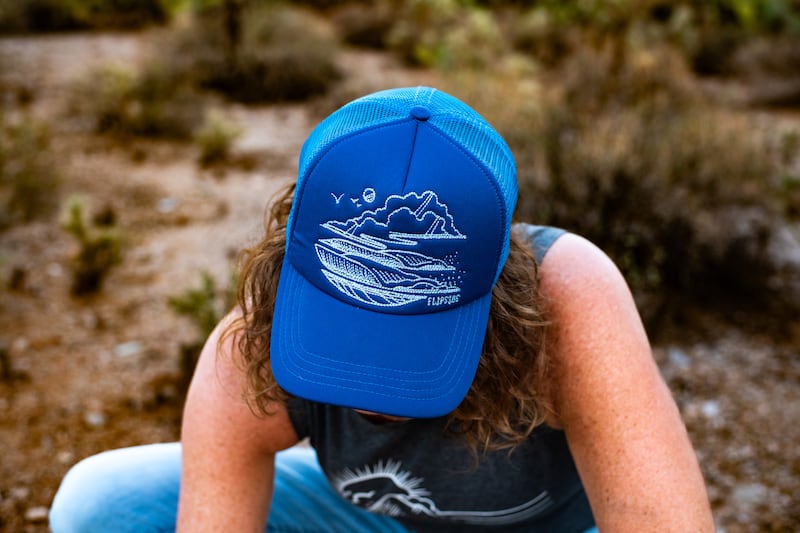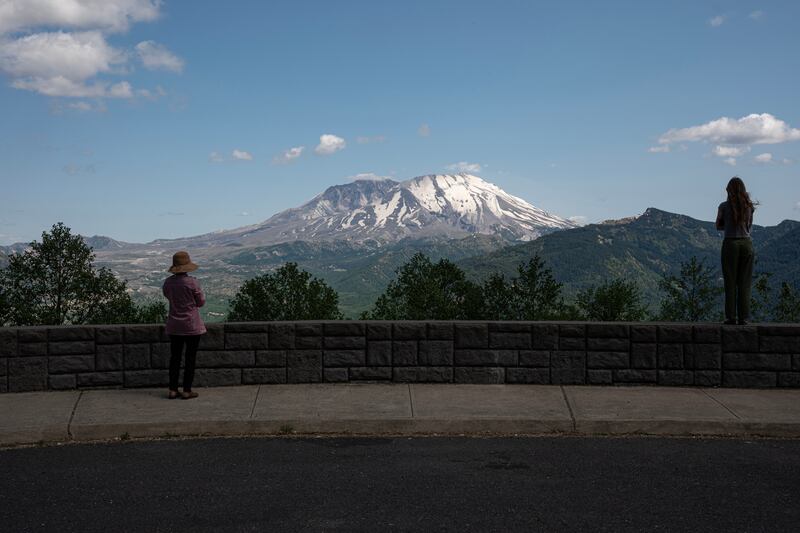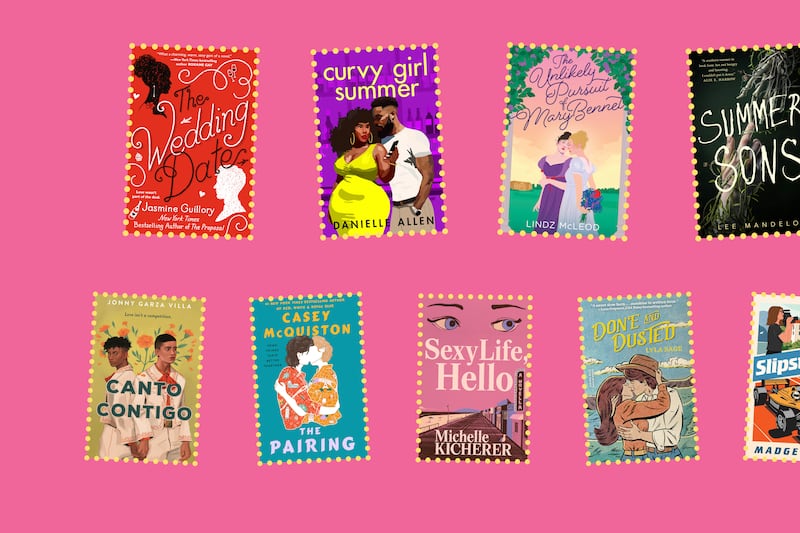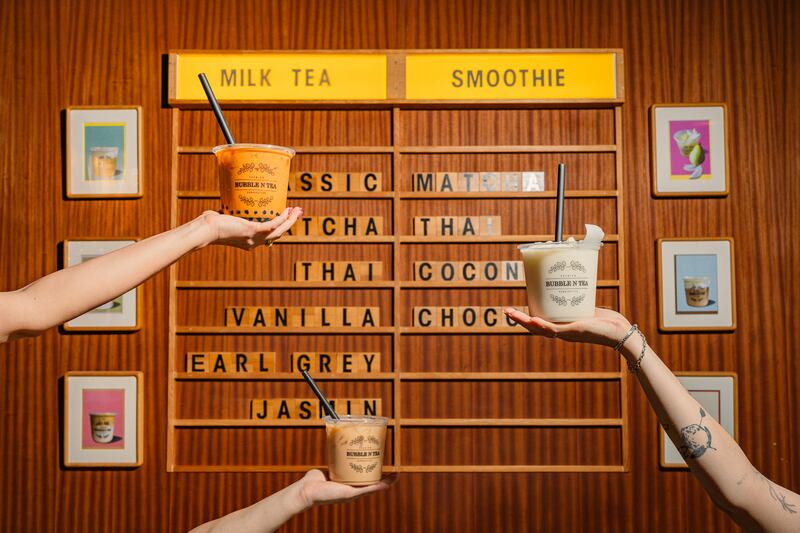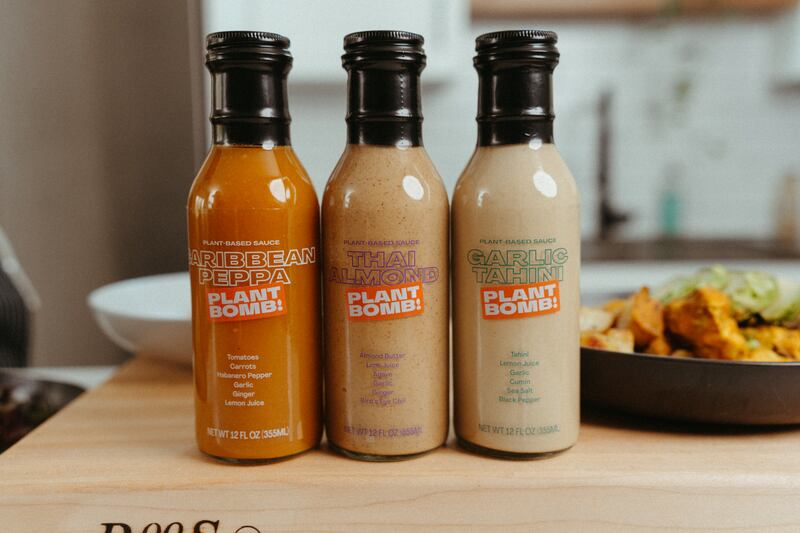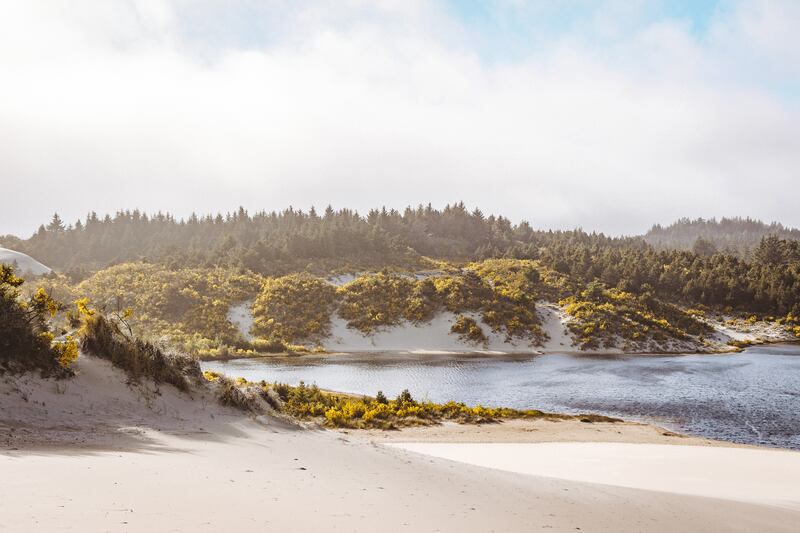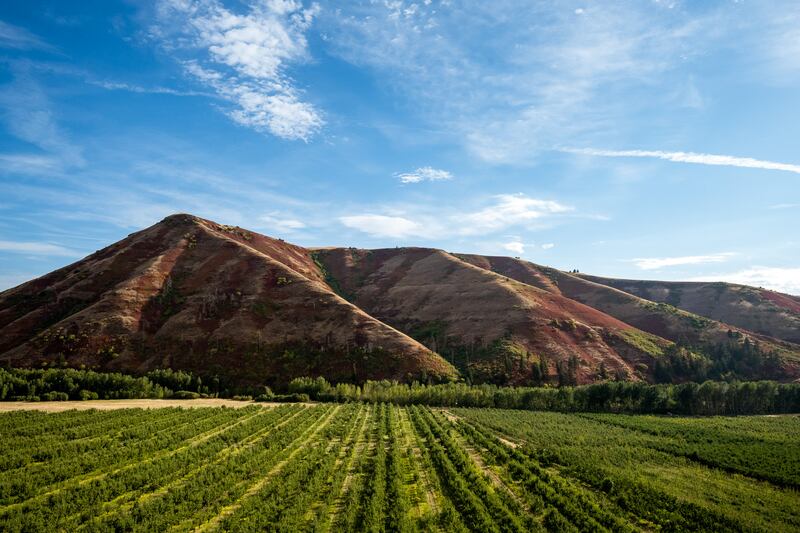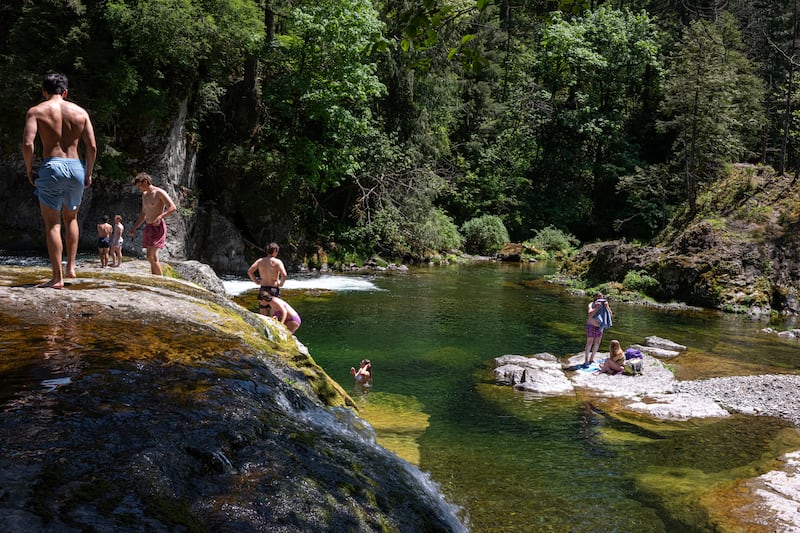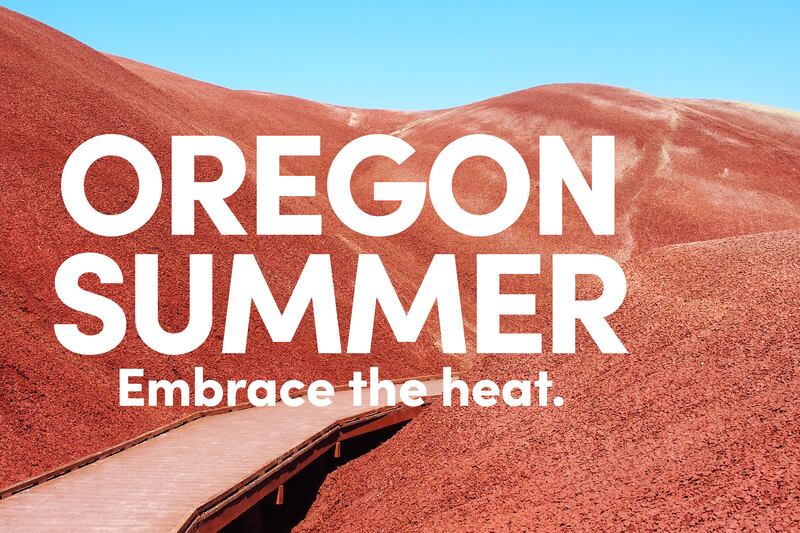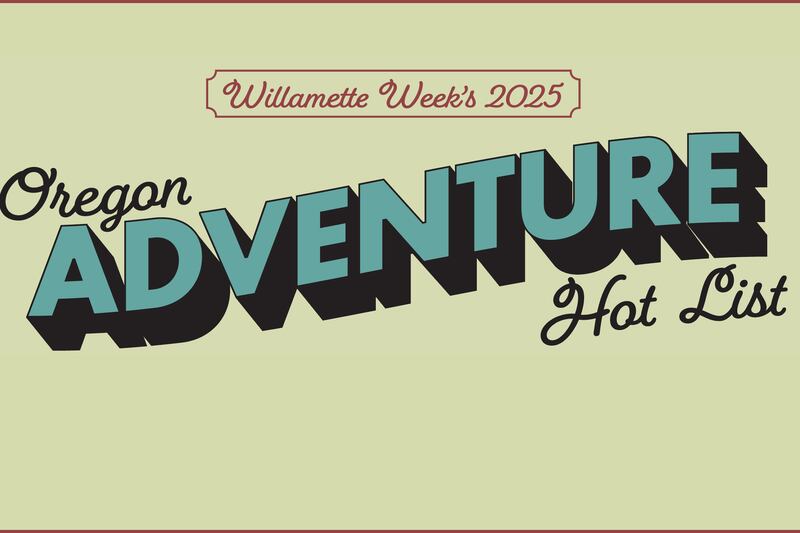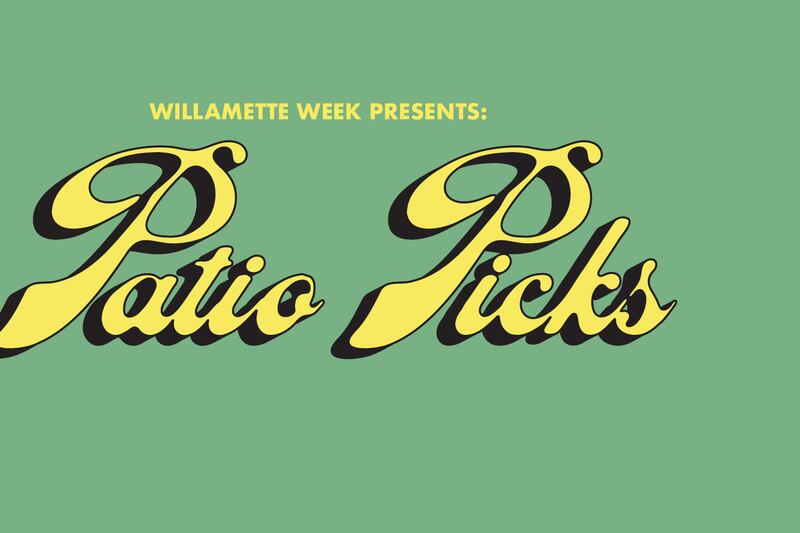Why the Columbia?
I’m going to go out on a limb and guess that over the past few years, there have been times when you (or your far-flung relatives) have questioned your decision to live in Portland.
Let me assure you: You made a fabulous choice.
Living along the Columbia River means you live in a place of confluence, where things come together: Oregon and Washing- ton, ancient cliffs and massive dams, huckleberry patches and biodynamic rosé, lush forest and arid desert, art and politics.
For 1,200 miles, the Columbia River churns through four mountain ranges, supplying vast swaths of British Columbia, Montana, Idaho, Washington, and Oregon with transit, power, and water. Along the way, it gathers force from other mighty waterways, including the Snake, the Deschutes, the White Salmon, and the Willamette, before bursting into the Pacific.
For thousands of years, the Columbia River Basin has been home to five major Indigenous groups: the Nez Perce Tribe, the Confederated Tribes of the Umatilla Indian Reservation, the Confederated Tribes of the Warm Springs Reservation of Ore- gon, the Confederated Tribes of the Grand Ronde Community of Oregon, and the Confederated Tribes and Bands of the Yakama Nation. These cultures have been shaped by their relationship to the river and its salmon. Today, their members lead the fight to protect, preserve, and restore the waterways and their fisheries, for which we owe them an immeasurable debt.

To produce this guide, our trusty band of co-conspirators traveled from Ilwaco to Kennewick, from Astoria to Boardman, paddled to islands, climbed cliffs, biked trails, and balanced fruity cocktails in bobbing restaurants (somebody had to do it).
We ate the freshest possible crab at Linda’s Seafood Market in Chinook, gloated when we scored a table at Fedé restaurant in Astoria, purged toxins in the steamy mineral baths in Carson, marveled at Vancouver’s sparkling waterfront, and plotted outdoor concert plans underneath the gorgeous tree at Topaz Farms on Sauvie Island. And, incredibly, there was so much else to cover that none of those things made it into a full story.
Pick up the magazine to see what we did write about. Find a copy at one of the locations noted at this map:
You can discover incredible adventures along the Columbia whether you explore them by canoe, boat, bike, barstool, or on foot.
What are you waiting for?
Finances, time, and the weather don’t always cooperate with outdoor exploration. Throughout our guide, you’ll find callouts with movies, TV shows, books, music, and podcasts to inspire armchair adventures.
Check out:
The Confluence Project podcast is part of a nonprofit created to acknowledge and elevate the Indigenous side of American history. At confluenceproject.org, you’ll find information about the Tribal perspective and helpful guides to the five completed art experiences designed by Maya Lin and installed from the coast to Eastern Washington. The podcast posts regular dispatches from voices related to the river. Recommended starter episodes: “History and Art at the Mouth of the Columbia” (Feb. 27, 2024) and “Roberta Conner on Stories and Celilo” (Aug. 22, 2023).
Oregon Summer Magazine is Willamette Week’s annual guide to the summer months, this year focused along the Columbia River. It is free and can be found all over Portland beginning Monday, July 1st, 2024. Find a copy at one of the locations noted on this map before they all get picked up!
